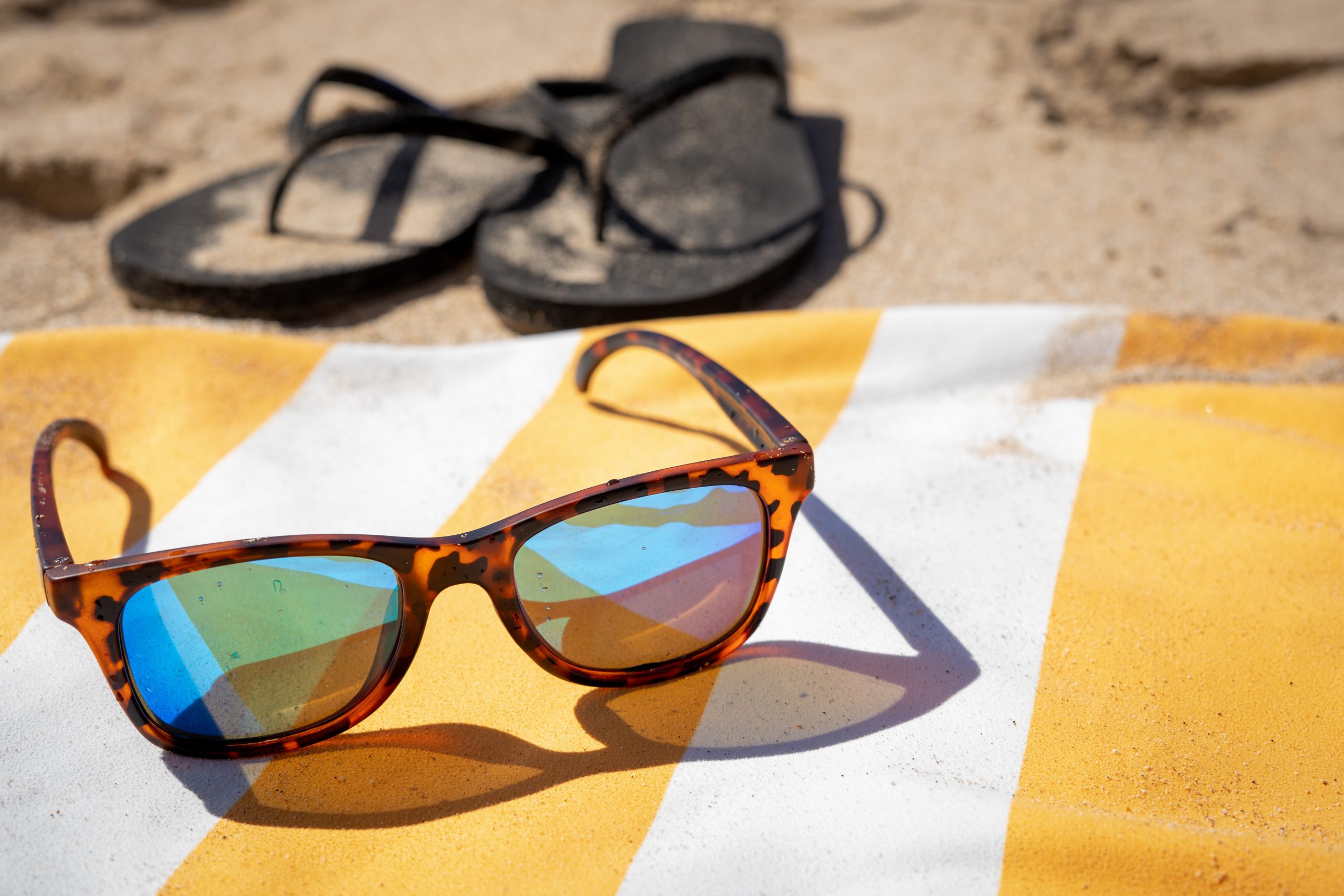Top tips for washing sandy beach towels

Editorial Image Credits:
One day at the beach, and you’re finding sand in places you couldn’t even imagine for days, if not weeks, after. We’ve put together our top tips and instructions for cleaning your beach towels, and keeping them soft and sand-free until your next trip to the seaside.
Shake it, baby!
Sand will stick to a damp towel so at your earliest convenience, make sure you’ve shaken out your towels as much as possible and hung them up to dry. We advise shaking as much sand out as possible at the beach to avoid bringing excess sand home with you, but just be careful of your fellow beach-lovers’ eyes!
If your towels are still wet when you’re leaving, chuck them in a bag and hang them up outside as soon as you’re home, or in a room that is tiled or laminated so any sand can easily be hoovered up afterwards. Once completely dry, give them another shake, shake, shake!
Note: Not only is finding sand in every nook and cranny extremely inconvenient and possibly uncomfortable, it can also cause damage to your washing machine, clogging the pipes and filters. So although it may be tempting, do not skip this step!
Sort it out and load your machine.
Now your towels are dry and the majority of the sand has now (fingers crossed!) been shaken off, it’s important that you sort your towels correctly.
Make sure to separate lights from darks, and keep new towels separate from other laundry for the first few cycles to avoid any dyes bleeding and running into it.
If you’ve only got a couple of towels and not a full laundry load, you can mix with other similar types of laundry, just be sure not to mix with fabrics that attract lint. Towels will inevitably give off lint, so avoid any slinky, dark materials with your lightly coloured cotton towels.
Note: Don’t overload your machine!
Keep in mind that towels get very heavy when wet and you want to avoid any damage this may cause.
You also want there to be enough room for your towels to move around and get a proper clean, ensuring they’re looking and smelling good enough to roll out on your next trip to the beach.
Choose the right detergent, temperature and cycle.
You have two options here. If you plan on tumble drying your towels for extra fluffiness once they’ve been washed, you can go for a cooler temperature wash as the dryer will aid with the removal of lingering bacteria. However, if you are planning to air dry your towels (we love a towel that’s been on the line on a spring day!) then we recommend going for a higher temperature wash to ensure all bacteria is combatted.
For both options, go for a regular length cycle. A short cycle will not give your towels enough time to soak and get the deep clean they need.
And as for detergent, anything strong! A heavy-duty detergent is needed here, one that contains enough enzymes to break apart soil and stains so they can simply be washed away.
Time to dry.
As mentioned above, you have two choices, machine dry, or air dry. Air dry is as simple as it sounds; simply hang your towels up to dry and let the open-air work its magic.
However, with machine drying, it’s important to ensure you’re using the correct cycle. If your machine has a moisture-sensing cycle, use it. And if not, just ensure you’re using the correct cycle for the material that your towels are.
You don’t want to overdry your towels, as this means they’ll come out scratchy, stiff and not half as soft as when you bought them! Nobody wants rough towels when they’re sunbathing now, do they?
Note: Do not radiator-dry your towels. This will cause the aforementioned over-dry! A radiator will dry your towels too quickly, and we don’t want that.
Store away until your next beach day.
You may not think it but the way you store your beach towels is also super important. Store your towels in a dry place, neatly folded and placed side by side rather than on one another. This prevents the towels from squashing one another and crushing the fibres. It might seem like an unnecessary step but soft is the goal after all!